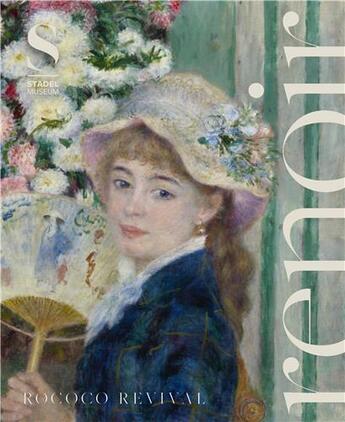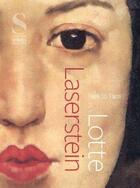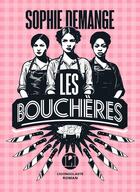-
Date de parution : 06/04/2022
-
Editeur :
Hatje Cantz
-
EAN : 9783775751346
-
Série :
(-)
-
Support :
Papier
Résumé:
Like hardly any other artist, Pierre-Auguste Renoir has shaped our understanding of the atmospheric figure paintings of Impressionism. His painting La fin du dejeuner, which has been in the Stadel Museum in Frankfurt since 1910, is now the starting point for a far-reaching examination of an... Voir plus
Like hardly any other artist, Pierre-Auguste Renoir has shaped our understanding of the atmospheric figure paintings of Impressionism. His painting La fin du dejeuner, which has been in the Stadel Museum in Frankfurt since 1910, is now the starting point for a far-reaching examination of an important source of inspiration that accompanied him throughout his life: the Rococo. Considered frivolous and immoral after the French Revolution, this style of painting experienced a renaissance in the 19th century and was widely celebrated during Renoir's lifetime. Published on the occasion of the Stadel Museum's major exhibition, this comprehensive volume explores Renoir's multifaceted connection to tradition through illuminating juxtapositions of his art with 18th-century works and contemporaries.
Donner votre avis















